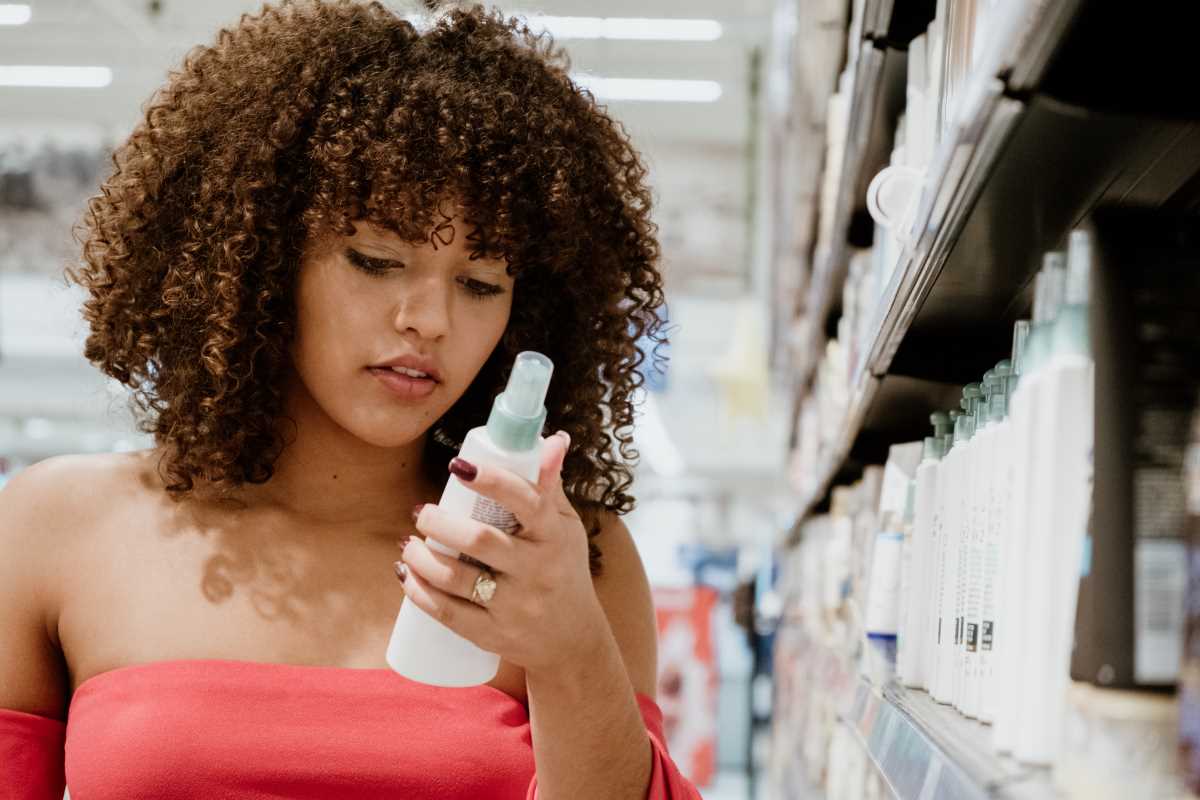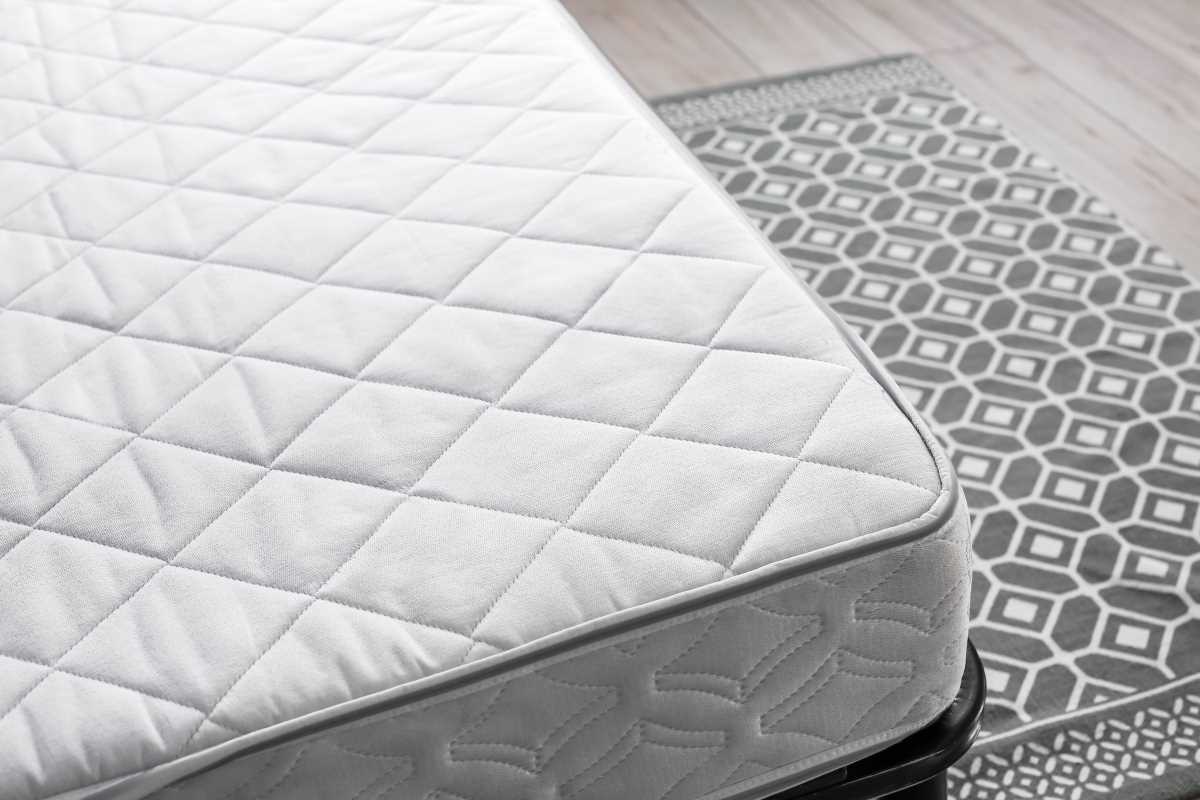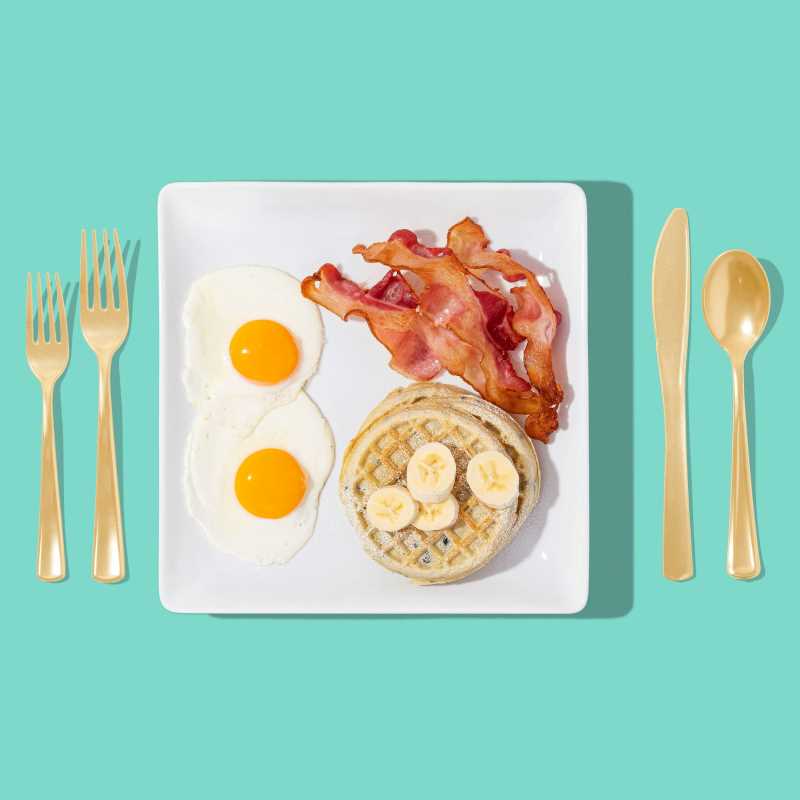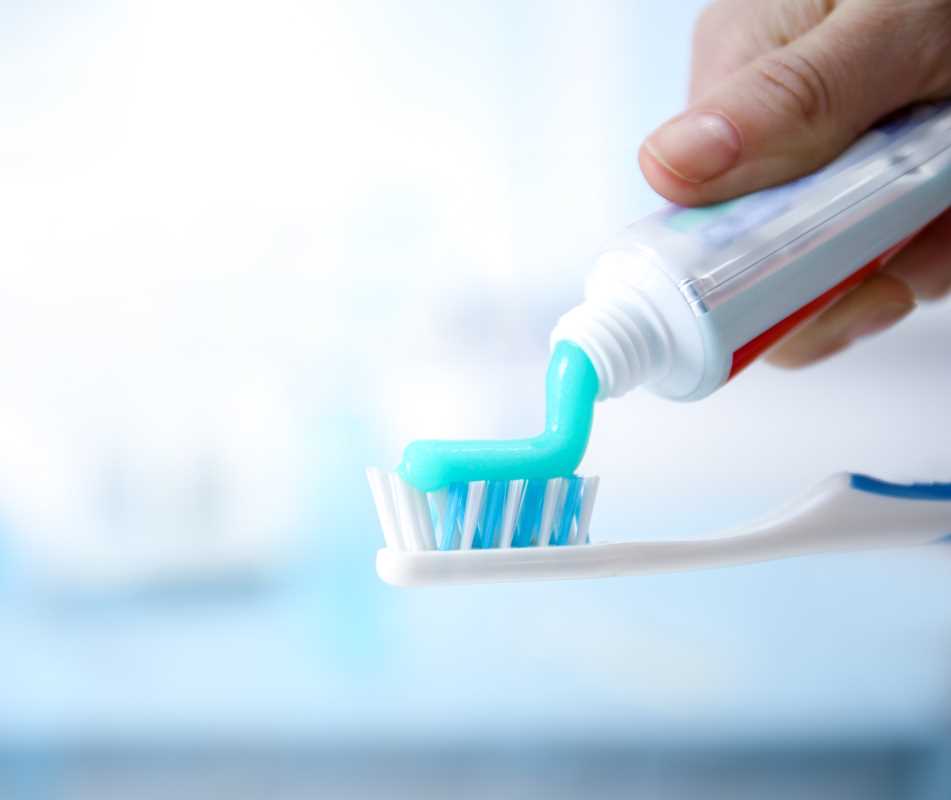Finding more hair in your brush or shower drain than usual can be unsettling. Hair loss is a complex issue with many potential causes, including genetics, stress, and hormonal changes. However, have you ever considered what’s in your shampoo bottle? The products we use to clean our hair can sometimes contain harsh ingredients that may contribute to hair damage and shedding. Understanding which ingredients might be problematic is a powerful step toward protecting your hair's health. We’ve got you covered with a helpful guide to navigate shampoo labels and make choices that support a healthy, full head of hair. Let's look at how your shampoo could be affecting your locks.
Understanding How Shampoo Works
Shampoo's primary job is to clean your hair and scalp by removing dirt, oil (sebum), and product buildup. It does this using detergents, also known as surfactants. These surfactants have a special structure that allows them to bind to both oil and water. One end of the surfactant molecule attaches to the oily grime on your hair, and the other end attaches to water, allowing everything to be washed away when you rinse.
While this cleaning action is necessary, some surfactants are much harsher than others. An overly aggressive shampoo can strip your scalp of its natural oils completely. This can lead to a dry, irritated scalp and brittle, weak hair strands that are more prone to breakage. True hair loss originates at the follicle, but breakage can make your hair appear thinner and less voluminous.
Potentially Harmful Ingredients to Watch For
Navigating the ingredient list on a shampoo bottle can feel like reading a chemistry textbook. We’re here to help you spot a few key ingredients that are sometimes linked to hair and scalp issues.
Sulfates (SLS and SLES)
Sulfates, particularly sodium lauryl sulfate (SLS) and sodium laureth sulfate (SLES), are very common surfactants. They are responsible for the rich, bubbly lather many of us associate with a deep clean. However, they are powerful detergents that can be too harsh for many people.
By stripping the scalp's natural protective barrier, sulfates can lead to dryness, itching, and irritation. For those with sensitive skin or conditions like eczema, they can be a significant trigger. A dry, inflamed scalp is not a healthy environment for hair growth. Over time, this irritation could potentially weaken hair follicles, while the stripping effect on the hair shaft can cause strands to become dry, brittle, and more susceptible to breakage, which mimics the appearance of hair loss.
Certain Alcohols
Not all alcohols in hair products are bad. Fatty alcohols like cetyl and stearyl alcohol are actually beneficial, as they help to moisturize and soften the hair. The ones to be mindful of are short-chain alcohols, such as isopropyl alcohol or propanol.
These are often used in hair products as drying agents. They can strip moisture from both your hair and scalp, leaving your hair feeling dry and frizzy. This dryness weakens the protein structure of your hair, making it more fragile and prone to snapping. Constant breakage can lead to a noticeable reduction in hair volume over time.
Parabens
Parabens (like methylparaben and propylparaben) are preservatives used in many cosmetic products to prevent the growth of bacteria and mold. Concerns about parabens often relate to their ability to mimic the hormone estrogen in the body, which has raised questions about their broader health impact.
In terms of hair, some studies suggest that parabens can be absorbed through the scalp. For individuals sensitive to hormonal fluctuations, this could potentially disrupt normal hair growth cycles. While direct links to hair loss are still being researched, many people prefer to avoid parabens as a precaution.
Formaldehyde-Releasing Preservatives
Formaldehyde and preservatives that release it over time (such as quaternium-15, DMDM hydantoin, and imidazolidinyl urea) are used to extend the shelf life of products. Formaldehyde is a known allergen and can cause significant skin sensitization and allergic contact dermatitis on the scalp for some individuals.
An allergic reaction on the scalp can create inflammation and irritation, which can interfere with healthy hair follicle function. Some people have reported increased hair shedding when using products with these ingredients. Due to these concerns, many brands are now formulating their products without them.
The Difference Between Hair Loss and Hair Breakage
It's important to distinguish between true hair loss and hair breakage, as they have different causes.
- Hair Loss: This occurs at the root. The hair follicle shrinks or becomes damaged, and the hair falls out completely. You will often see a small white bulb at the end of the shed hair strand. This can be caused by genetics, hormonal changes, medical conditions, or stress.
- Hair Breakage: This happens when the hair shaft itself snaps somewhere along its length. The hair is still growing from the follicle, but the strand breaks due to weakness or damage. You won’t see a bulb on these broken pieces. Harsh chemical treatments, heat styling, and overly aggressive shampoos are common causes of breakage.
While some shampoo ingredients might irritate the scalp and potentially affect the follicle, most of the "hair loss" associated with shampoo is actually breakage caused by stripping and drying the hair strands.
How to Choose a Hair-Friendly Shampoo
You have the power to choose products that nurture your hair and scalp. Becoming a savvy shopper is easier than you think. We’ve got some simple tips to help you find the right shampoo for you.
Look for Gentler Formulas
- Sulfate-Free Shampoos: These use milder cleansing agents derived from sources like coconut or sugar, such as decyl glucoside or coco glucoside. They clean effectively without being overly stripping, making them a great choice for dry, color-treated, or sensitive hair types.
- Focus on Scalp Health: Look for shampoos with ingredients known to soothe and nourish the scalp. Ingredients like aloe vera, chamomile, tea tree oil (in proper concentrations), and oat extract can help calm irritation and create a healthy foundation for hair growth.
- Check the pH: A healthy scalp has a slightly acidic pH of around 4.5-5.5. Shampoos with a similar pH can help maintain the scalp's natural barrier. Products that are too alkaline can lift the hair cuticle, leading to frizz and damage.
Tips for a Healthy Hair Care Routine
Beyond choosing the right shampoo, how you care for your hair makes a big difference.
- Don't Over-Wash: Washing your hair too frequently can strip natural oils. Find a schedule that works for your hair type, which might be every other day or just a few times a week.
- Be Gentle: When you shampoo, use your fingertips (not your nails) to gently massage your scalp. Avoid rough scrubbing, which can cause breakage.
- Always Use Conditioner: Conditioner helps to smooth the hair cuticle, restore moisture, and reduce friction between hair strands. This is a crucial step for preventing breakage, especially if you use a clarifying shampoo.
- Rinse with Lukewarm Water: Hot water can strip your scalp and hair of moisture, while very cold water might not rinse out the product effectively. Lukewarm water is the perfect middle ground.
Taking Control of Your Hair Health
While your shampoo is unlikely to be the sole cause of significant hair loss, it can certainly contribute to hair breakage and scalp irritation that makes hair appear thinner. By learning to read ingredient labels and choosing gentle, nourishing formulas, you are taking a proactive step toward maintaining the health and beauty of your hair. Pay attention to how your hair and scalp feel. If a product leaves your scalp feeling tight and itchy or your hair feeling like straw, it might be time to switch. You deserve to feel confident in your hair care routine.







